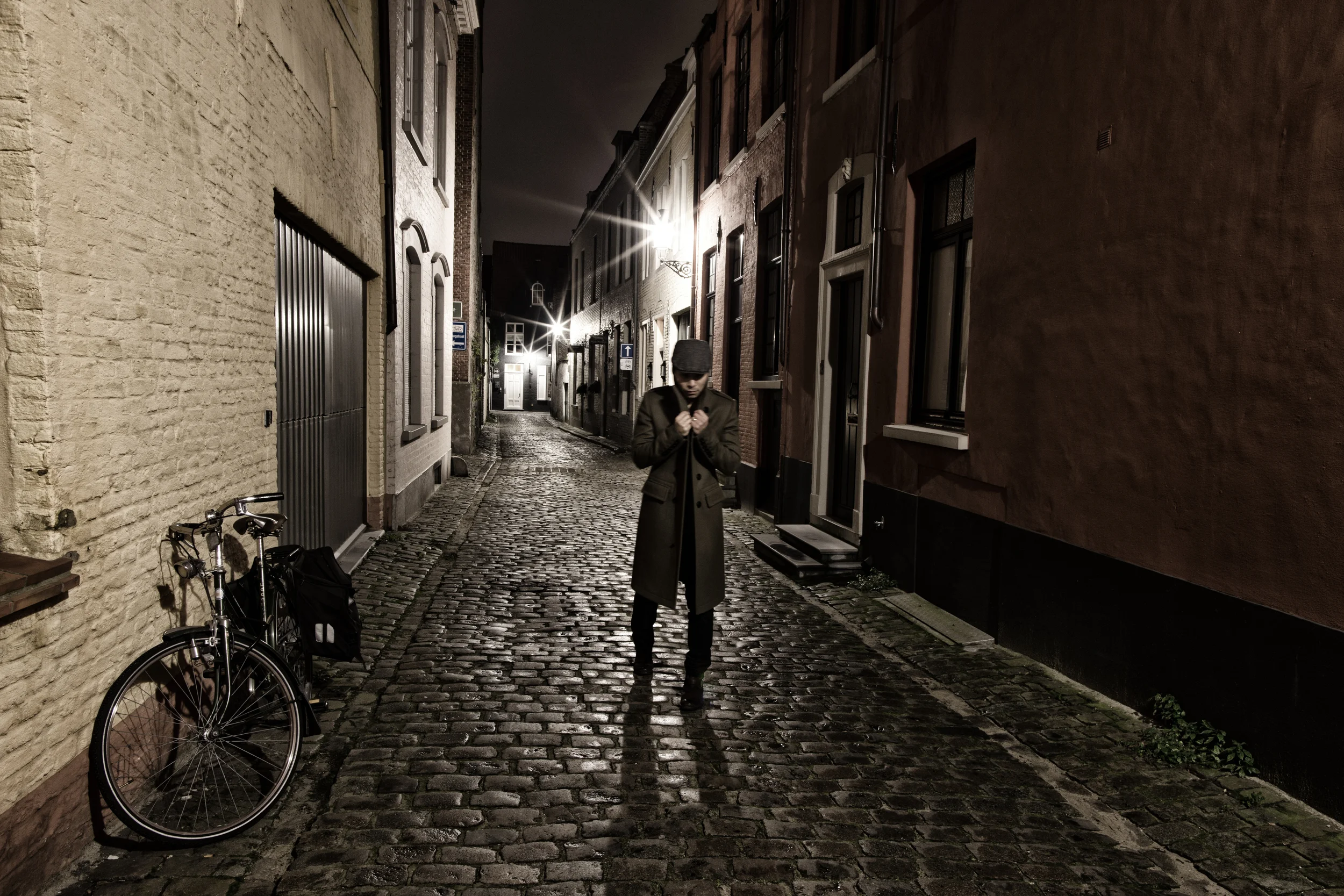It’s been over 20 years since I was last time in Kuala Lumpur, the first time being a young backpacker going through the rites of passage through South East Asia. Now it’s a different but equally rewarding experience with a family in tow including two young daughters. KL is not only geographically between Singapore and Bangkok but I’ve always described KL as somewhere between the freneticism of Bangkok and some of the orderliness of Singapore.
The iconic Petrona Towers in Kuala Lumpur
Having already visited the idyllic Perhentian Islands and Cameron Highlands, I was keen to visit Penang and explore KL as a family. Being a thriving metropolis, there are a plethora of hotels to choose from in KL. Where do we even start?! Due to the competition and strength of the currency, luxury hotels are reasonably priced. Rooms in five star hotels start from around £150 per night with all the top international brands.
Given Malaysia’s e-hailing taxi app Grab was so cheap, location was not a major deciding factor for us. Following extensive research, we opted for the Hotel Indigo which is part of the InterContinental Group. Our decision was largely influenced by firstly how new it was (only opened in December 2023) and secondly the bohemian aesthetics. Although Hotel Indigo was a relatively smaller hotel than the large high rises around the KLCC area, the rooms were spacious and thoughtfully decorated with incredible views of the second tallest building in the world, the Merdeka 118.
There are a number of experiences available to guests of Hotel Indigo. One for the family was the hands-on Kopi Coffee Making experience where staff would take you through the process of making Malaysian Coffee which is known locally as “Kopi”. The kids enjoyed the mixing but not the tasting so much!
The Silver Monkey restaurant at the top of Hotel Indigo offers panoramic views of KL and inventive seafood and steak dishes. The fried red snapper was cooked with an Asian twist and is highly is packed with flavours and highly recommended. Aside from the dinner service at Silver Monkey, lunch is also available where the talented chefs have created their take on a Malay-influenced Afternoon Tea.
A visit to KL would not be complete without taking in the views from KL Tower. The entrance of which is directly opposite the hotel. The tower does close when it is raining so due to its close proximity you can be spontaneous in deciding when to go up. We decided to take advantage of the skyline views at night after dinner. It was a perfect way to round off our last night in KL.
The skyline view from KL Tower
Hotel Indigo has the feel of a boutique but backed by international standards. It really felt like our home away from home.









































































